Bound, beaten, killed: Ukrainian civilians reveal horrors of Russian torture chamber
Special report: One prisoner recalls how a man was beaten to death next to him. Another recounts being stripped, stabbed and subjected to electric shocks. In recently liberated Trostyanets in Sumy, Bel Trew speaks to torture victims and uncovers fresh evidence of possible war crimes in northeast Ukraine

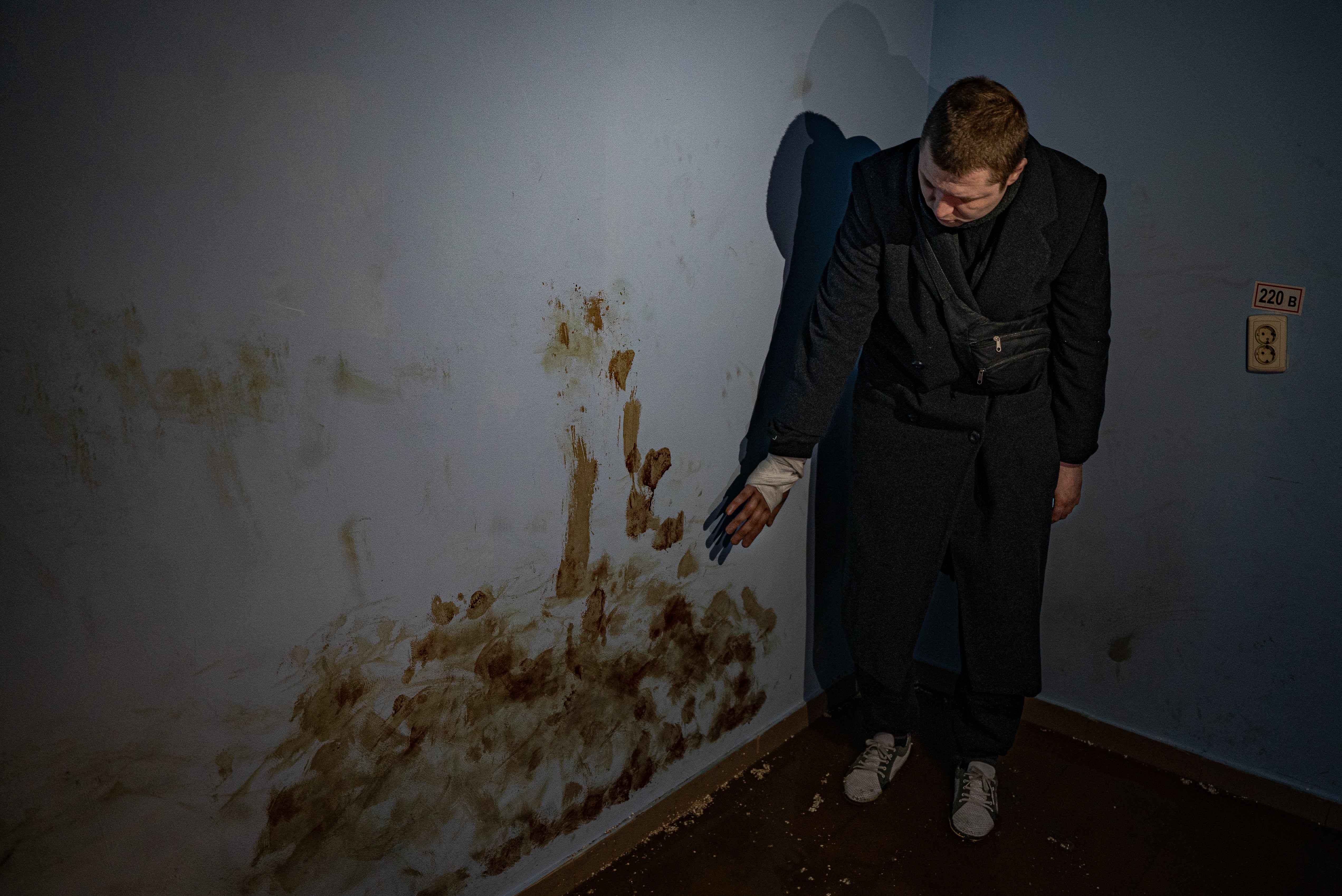
Your support helps us to tell the story
From reproductive rights to climate change to Big Tech, The Independent is on the ground when the story is developing. Whether it's investigating the financials of Elon Musk's pro-Trump PAC or producing our latest documentary, 'The A Word', which shines a light on the American women fighting for reproductive rights, we know how important it is to parse out the facts from the messaging.
At such a critical moment in US history, we need reporters on the ground. Your donation allows us to keep sending journalists to speak to both sides of the story.
The Independent is trusted by Americans across the entire political spectrum. And unlike many other quality news outlets, we choose not to lock Americans out of our reporting and analysis with paywalls. We believe quality journalism should be available to everyone, paid for by those who can afford it.
Your support makes all the difference.Blindfolded, arms and legs bound, and lying in the corner of the torture room, Dima could only hear his fellow prisoner scream and his ribs crack, as the man was beaten to death next to him.
The soldiers had grunted with exertion as they bound the prisoner – Kolya – into the “lastochka” or “swallow” position, an infamous torture method long favoured by Russian forces.
They then got to work as they always did in this makeshift cell below the railway station in Trostyanets, a northeastern Ukrainian town near the border with Russia.
Dima remembers how Kolya, who had apparently denounced Moscow publicly, was subjected to particularly savage violence. Even after Kolya was dragged to the blood-stained room, he refused to stop cursing Russia’s invasion of Ukraine, fuelling the relentless blows that rained down on him.
It was only when he went quiet that the boots crunched out of the cell. Then Dima heard a gurgle edge Kolya’s breath.
“I screamed at the guards: ‘He is dying, he is dying.’ I tried with my bound feet to push a bottle of water towards him,” says Dima, visibly distressed.
“All they did was laugh and say: ‘If he dies, he dies. All Ukrainians must die.’ I kept calling to Kolya but he didn’t reply,” the part-time mechanic adds.
Trapped in a purgatory of darkness that erased time, Dima thinks Kolya was murdered on the second or third day of his captivity – but he cannot say for sure. “They kept the body next to me until the morning when they removed it and brought in two more people,” he adds.
For 10 days, survivors of this room – all civilians – say they were starved, tortured, subjected to multiple mock executions, threatened with rape and forced to sit in their own excrement by soldiers under Trostyanets station.
This is just part of a slew of new testimonies obtained by The Independent that provide fresh evidence of possible war crimes in Ukraine’s northeastern region of Sumy.
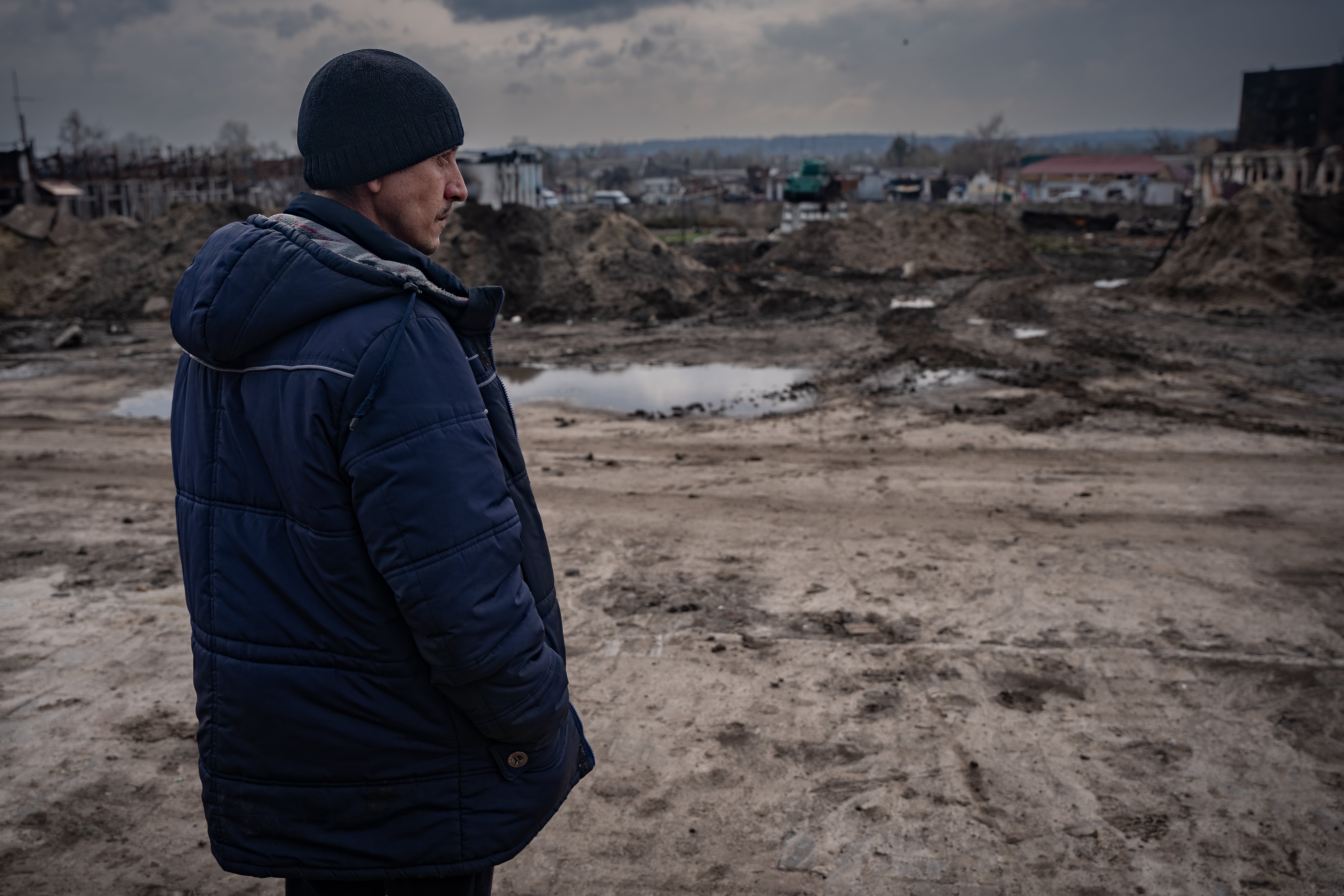
The Independent spoke to two of the survivors: Dima, the first to be held captive, and Andrei, who says he was abducted by soldiers a few days later.
Dima says Kolya was prisoner number four of at least eight civilians held there during the month-long Russian occupation of the town.
He shows us the site, located in a basement under the main ticket hall of the station. It was just a few metres wide, and still smeared in blood.
Three of the detainees are dead or missing: Koyla was killed, and two others, including a military veteran, were beaten almost unconscious before they were taken away. Their whereabouts are still unknown.
Andrei – prisoner number six – says he was stabbed in his left leg, stripped, and threatened with genital mutilation and rape.
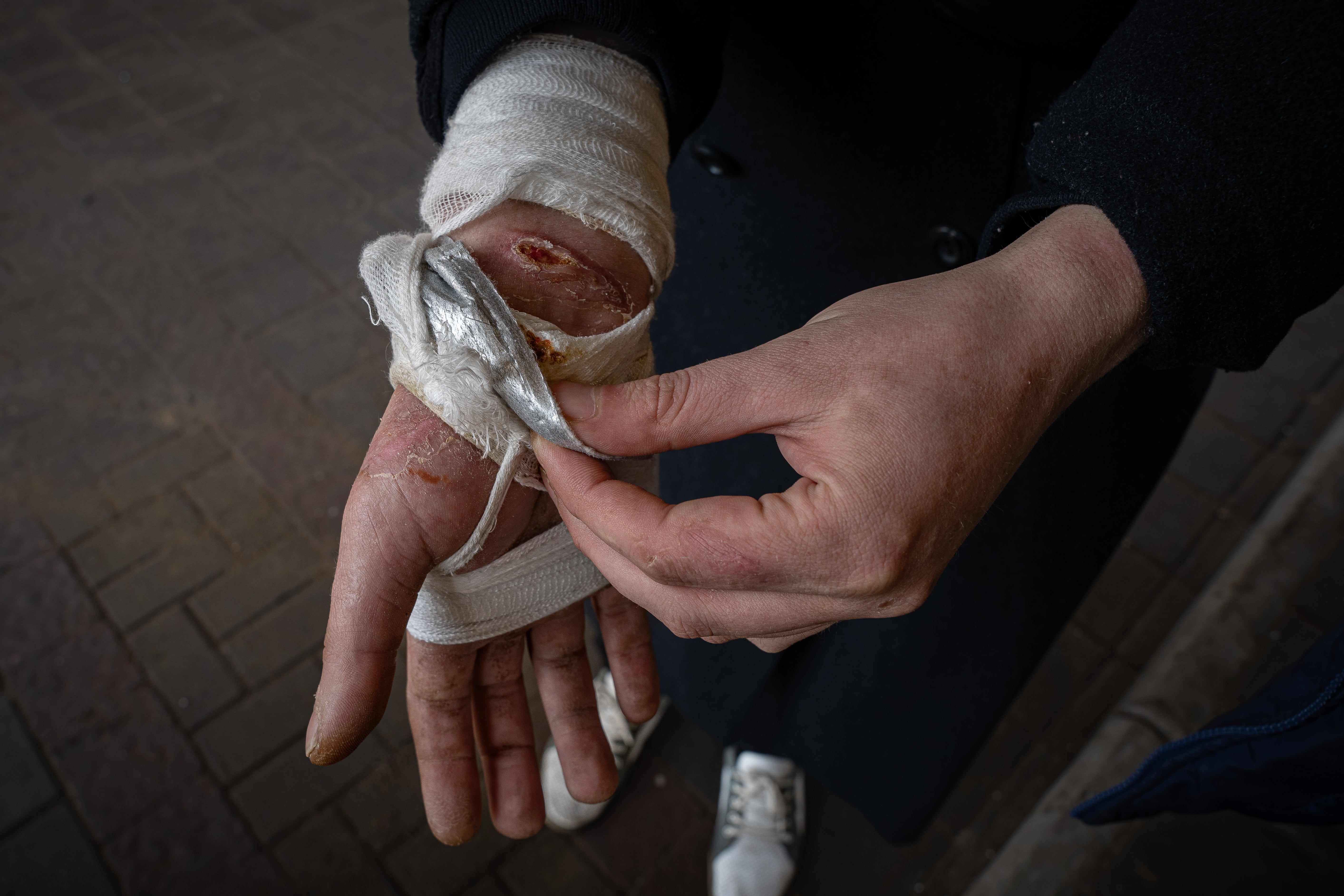
At one point, the 33-year-old says, the Russian soldiers gave him electric shocks to his head. The beatings were so brutal he begged his captors to kill him.
His wrists, legs and ankles still bear the signs of torture, and he has lost sensation in his right hand.
“It was a nightmare. It was the worst thing that has ever happened to me,” he adds, his voice shaking.
Moscow has repeatedly and vehemently denied targeting civilians as well as committing war crimes in Ukraine, saying that accusations of torture, rape, summary execution and murder are “monstrous forgeries” aimed at besmirching the reputation of its forces.
But The Independent has collected dozens of testimonies pointing to possible violations of international law in multiple regions of the country: including most recently in Trostyanets.
Even then, the railway torture chamber is feared to be just the tip of the iceberg.
In fact, the full scale of the Russians’ month-long reign of terror here is just coming to light as terrified civilians – worried the town might be overrun again – are only now revealing what happened.
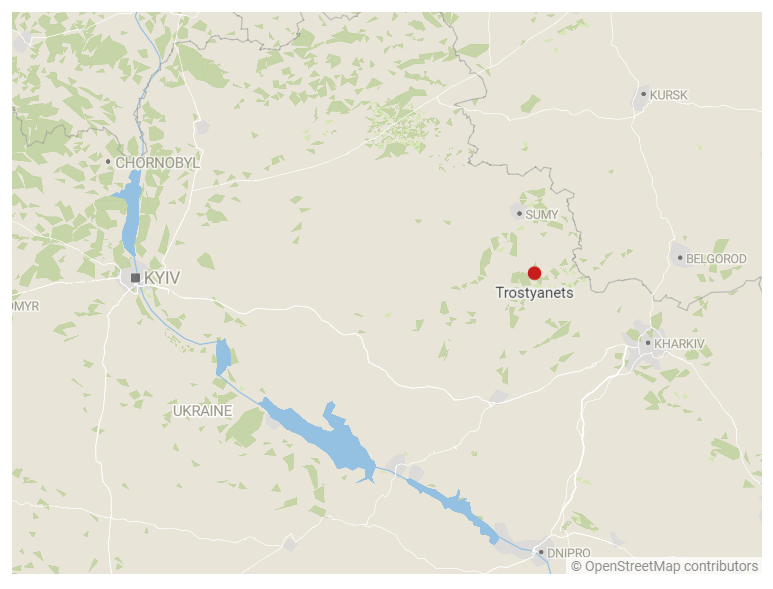
These stories are part of a mounting body of evidence of suspected war crimes across the country and echo horrific accounts told to The Independent in places including Bucha and Makariv in the Kyiv region, over 450km away, indicating that the Russian army’s use of abduction, torture, and summary executions is widespread.
On the outskirts of the capital alone, Ukrainian police said on Friday that they have so far collected the bodies of more than 900 civilians – 95 per cent of whom were apparently fatally shot.
Karim Khan QC, the chief prosecutor of the International Criminal Court who recently visited Bucha, one of the bloodiest sites northwest of the capital, went as far as to declare Ukraine a “crime scene”.
But investigators have only scratched the surface with Sumy.
Richard Weir, a crisis and conflict researcher for Human Rights Watch (HRW) that is investigating crimes across Ukraine, says the allegations in Trostyanets brought to light by The Independent “are a tragic addition to the growing list of abuses and apparent war crimes perpetrated by Russian forces during their occupation of Ukrainian towns and villages”.
“These incidents should be thoroughly and independently investigated, and those who are responsible should be held to account,” he says.
Dima and Andrei say they have decided to speak out about what happened to them to assist in the research. But it is hard for them to open up.
“I am still scared,” Andrei says. “I see their faces in my nightmares,” he adds, quietly.
I see their faces in my nightmares
Three weeks after the Russian soldiers left Trostyanets, the police received a call: another mutilated body had been found.
Bloody and bruised, the corpse of a man was discovered in the nearby village of Boromlya, next to a building used as a Russian base, just the day before The Independent came to the area.
A local police officer investigating the cases showed us photographs of that body and others discovered in the Trostyanets region. The bodies are rendered almost unrecognisable, their faces beaten to a bloody pulp. “All of them are civilians, some used to be in the army but were retired,” he says.
Before the war, Trostyanets – a sleepy rural town of 20,000 people – was best known for its chocolate factory, summer music festivals and once being the home of Tchaikovsky, who is said to have composed his first symphonic work there.
Now it is a blasted, muddy hellscape.
Because of its proximity to Russia, Trostyanets was stormed during the first few days of the invasion that Vladimir Putin launched on 24 February. The full fury of Russian forces quickly focused on it and the surrounding towns, as they represented a strategic gateway to the rest of the country.
Trostyanets lies on the crossroads between the main route north to Sumy, the capital of the wider region, and the road south to key cities such as Poltava.
Troops occupied the town and surrounding villages for 30 days, before a fierce counteroffensive by Ukrainian forces saw Russian forces withdraw on 25 March and reposition further east.
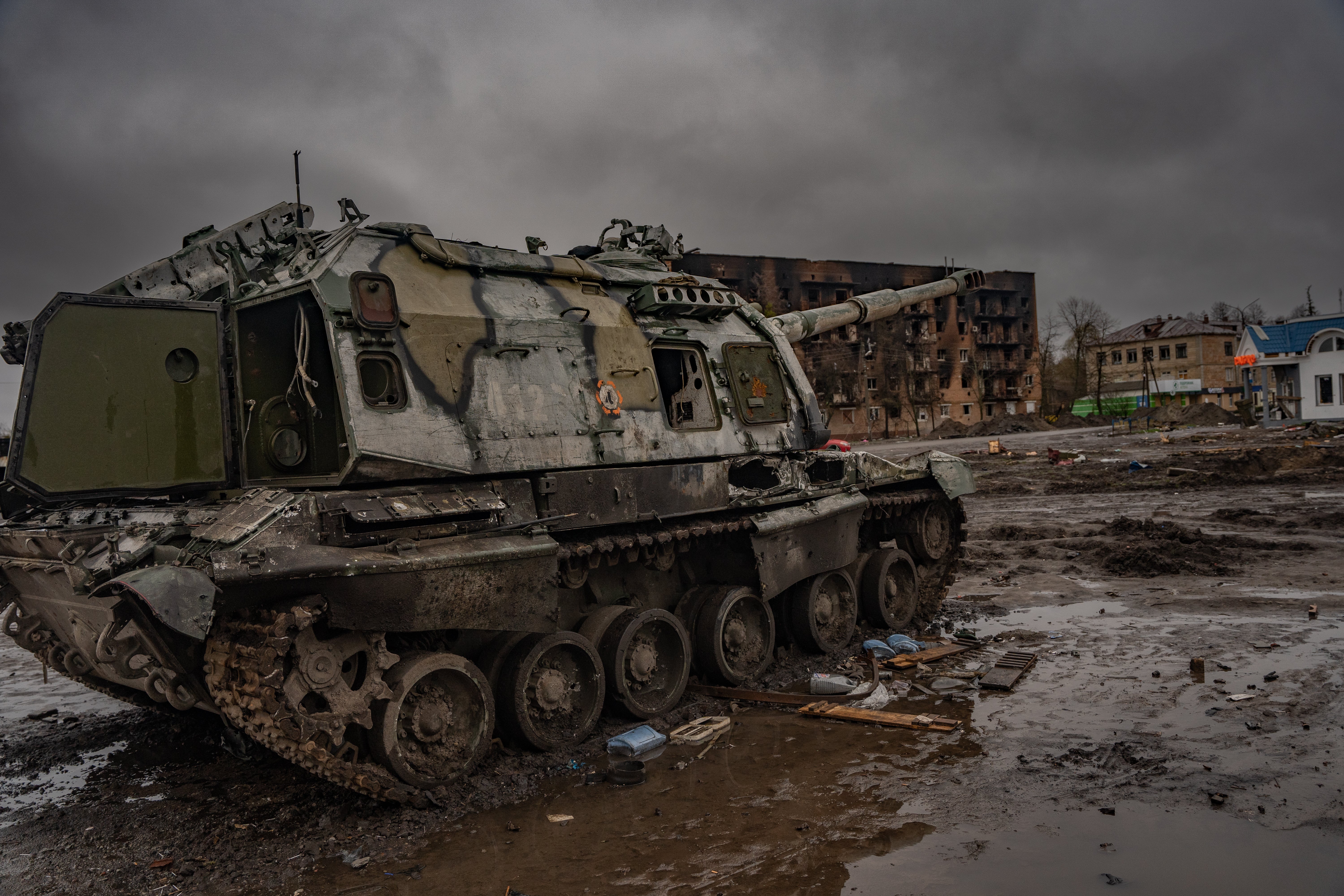
Local authorities tell The Independent the railway torture chamber is just one of several cases of abuse, violence and murder they are in the process of investigating. Men routinely disappeared during Russia’s occupation.
Two police officers say they knew of five cases of bodies either showing signs of torture, or bound with gunshot wounds in and around Trostyanets. The latest body found a few days ago in Bromolya – a few kilometres north of Trostyanets – had “knife wounds to his legs and arm”. Two other bodies were found in Bilka, another nearby village.
Both police officers spoke on the condition of anonymity for security reasons. They stayed put in Trostyanets during the occupation, hiding as civilians in the town, and are concerned about the repercussions if Russian forces retake the area.
“Many of the bodies have knife wounds, all had their hands bound or taped, beaten and had bruises. Some were shot in the head, one of the bodies was covered in machine gun fire,” one of the officers recalls.
The brutality inflicted on the civilian population here not only highlights the Kremlin’s playbook for Ukraine but reveals the last chaotic and desperate days of Russia’s occupation of this region.
Dima says they were held because the soldiers wanted intelligence, despite the fact both he and Andrei had no military background and were just part-time labourers.
They say the soldiers wanted to know the whereabouts of the Ukrainian forces’ positions and the identities of territorial defence and police officers in the town. They also wanted to know about the back roads their soldiers could take, since key bridges had been blown up.
And so Dima and Andrei say the group were beaten daily, starved, and denied permission to use the toilet – leaving them to sit for days in their own excrement. Dima says he was subjected to five different mock executions where they would take him out of the cell, make him kneel on the floor, put his hands on a wall and shoot next to his head.
“By the end I didn’t know if I was alive or dead. Afterwards they would keep shouting, “Where are the Ukrainians? Where are the Ukrainians?” he says.
By the end I didn’t know if I was alive or dead
Andrei says he was first abducted on 18 March, two days after Dima was taken. Having ventured out to get supplies, Russian forces bagged his head and bundled him into an armoured car.
They first took him to the chocolate factory, which locals say was also used as a centre for torture, where one soldier stabbed his left leg. Andrei says he was asked similar questions to Dima. When he could not answer, they stripped him naked and soldiers threatened to cut off his penis and put it in his mouth, before warning that they would rape him.
He was eventually dragged to the railway torture room, head first.
“I was in such pain I kept screaming uncontrollably. They would storm into the room shouting: ‘Who is the bastard that keeps screaming?’ and then beat me more,” he says shakily.
Andrei eventually asked the soldiers to shoot him dead as he was in such pain. They refused and instead punished him for the request.
“They would also come to our cell and say again and again that Russians have won and that [Ukrainian president Volodymyr] Zelenksy has failed.”
The pair are lucky to have survived. Among those held was a retired colonel who was already barely conscious when he was dragged to the cell. His whereabouts are still unknown.
The other man, who was tortured in the cell and vanished, had – from what Dima heard the soldiers say – been caught trying to disable a booby trap of grenades by a lake.
“I tried to give that man some water after they beat him badly, but they took him away and he never came back,” adds Dima.
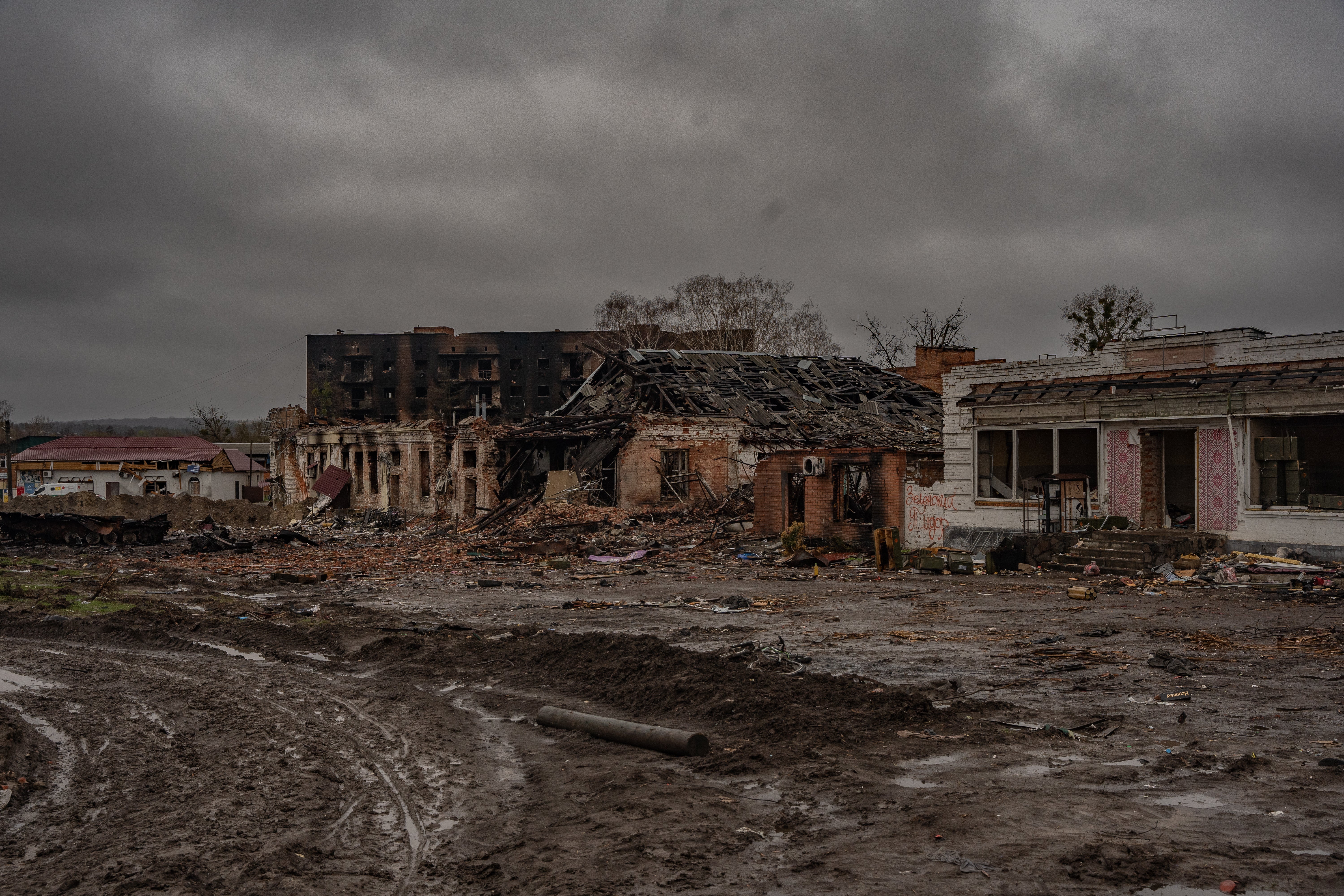
A pair of civilians – whose names The Independent has withheld for their own security – were then brought in having already been badly tortured.
At that point Dima’s hands – restrained behind his back – were so swollen from the wire bindings he managed to convince one of the more reasonable guards, who rotated every three hours, to remove the wire and instead tape his hands in front of him.
“It meant I was able to move my blindfold slightly, I could see their bloody faces. It looked horrific. They didn’t speak much, they just whispered together,” he says.
There was one final inmate who Dima says nearly died of a heart attack in the cell, and was taken out by a doctor.
So many people are still missing
The prisoners say they were given just a single tin of canned meat – taken from packs of Russian military rations – to share each day.
They stockpiled the little water they were given, hiding it under styrofoam mattresses which covered the floor, in case a particularly cruel guard came on duty.
“We were soaking clothes in cold water to use on our wrists to bring down the swelling, so we could sleep just a little bit,” Dima recalls.
“Sometimes we would not be given food for a few days. We were at the mercy of the mood of the guards.”
The day the Russians arrived in Trostyanets, the police and members of the territorial defence vowed not to leave and stayed put – working secretly under Russian occupation.
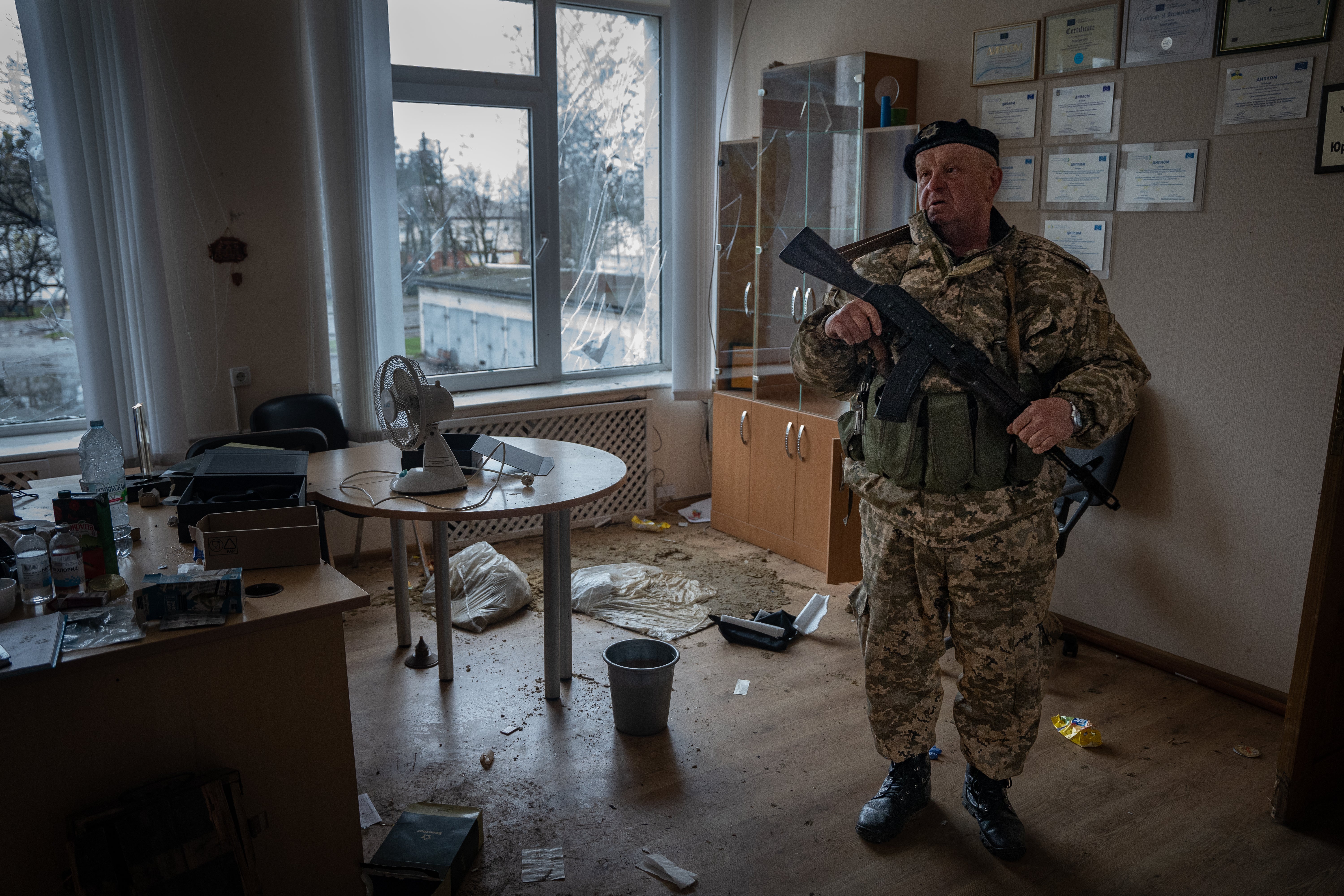
Among them was Anatoliy, a former USSR soldier who came out of retirement to defend his hometown.
He has seen his fair share of horrors. In 1986 he was one of the “liquidators” who risked radiation sickness to clear up the Chernobyl nuclear disaster. This year, he put his life on the line again to stay in Trostyanets and help bury the bodies of residents killed by Russians.
The grandfather was also among those who on 27 March, just two days after the Russians left, discovered the first tortured corpse.
“My first thought when I saw the body was that this cannot be possible,” he tells The Independent.
“There was a disconnect in my brain. Why would Russia, that shouts about being our brothers, do such a thing?”
This first body was found in a garage behind the town’s administration building that the Russians had made their local headquarters.
An investigating police officer who takes us to the site says the man was from Boromlya. His name was not permitted to be made public, but photos of the body were shown to The Independent.
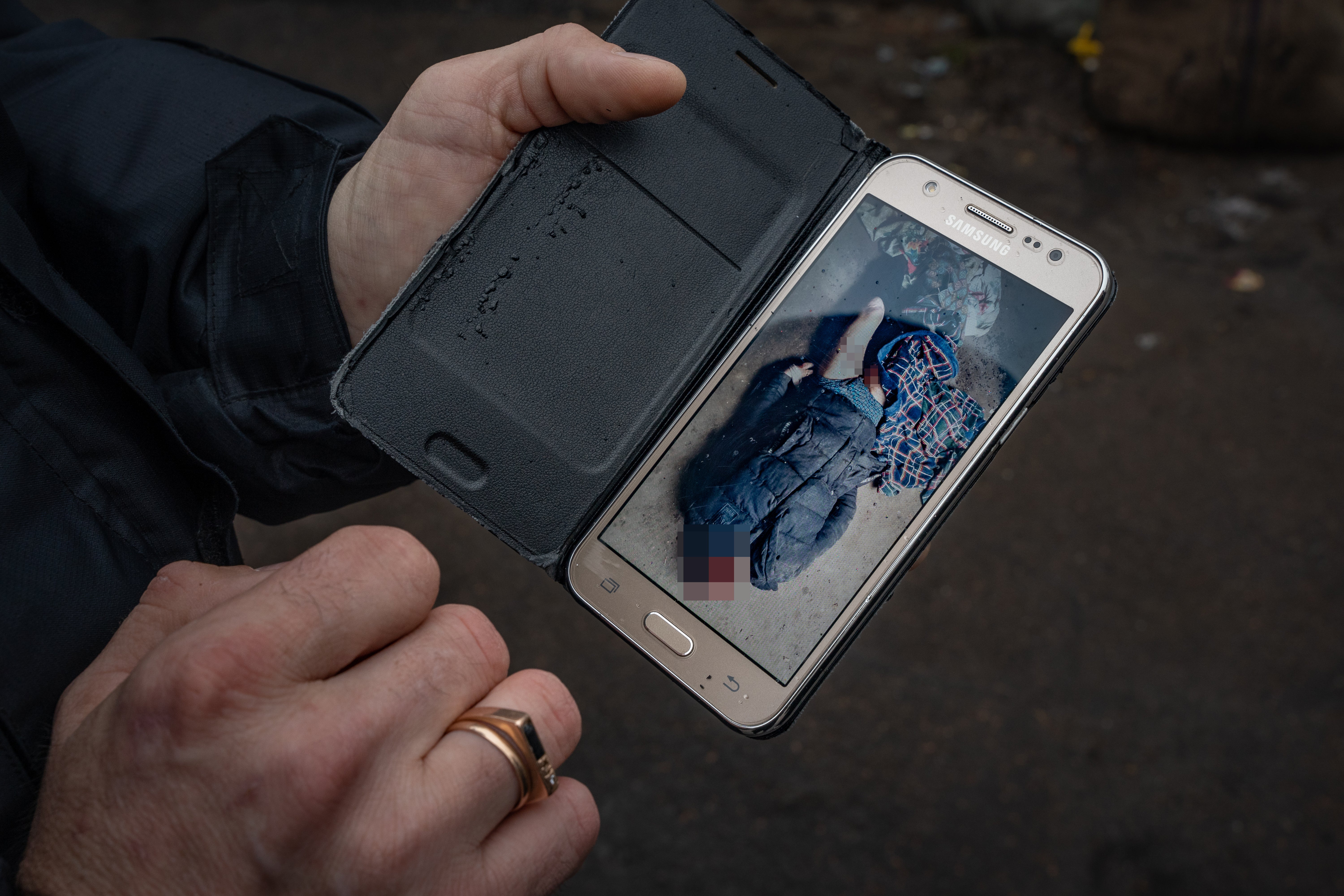
He is just in his underwear and coat, his face so badly beaten it is disfigured and unrecognisable. There appear to be bruises on his thigh, and smears of blood.
“He was found hands tied together and shot in the head,” the officer says.
The police are still trying to piece together what happened to him and how he got to Trostyanets. They are also working to locate the rest of the missing.
A recent investigation by the Organisation for Security and Cooperation (OSCE) in Europe into allegations of Russian violations of humanitarian law in Ukraine has found evidence of multiple war crimes, including in Trostyanets.
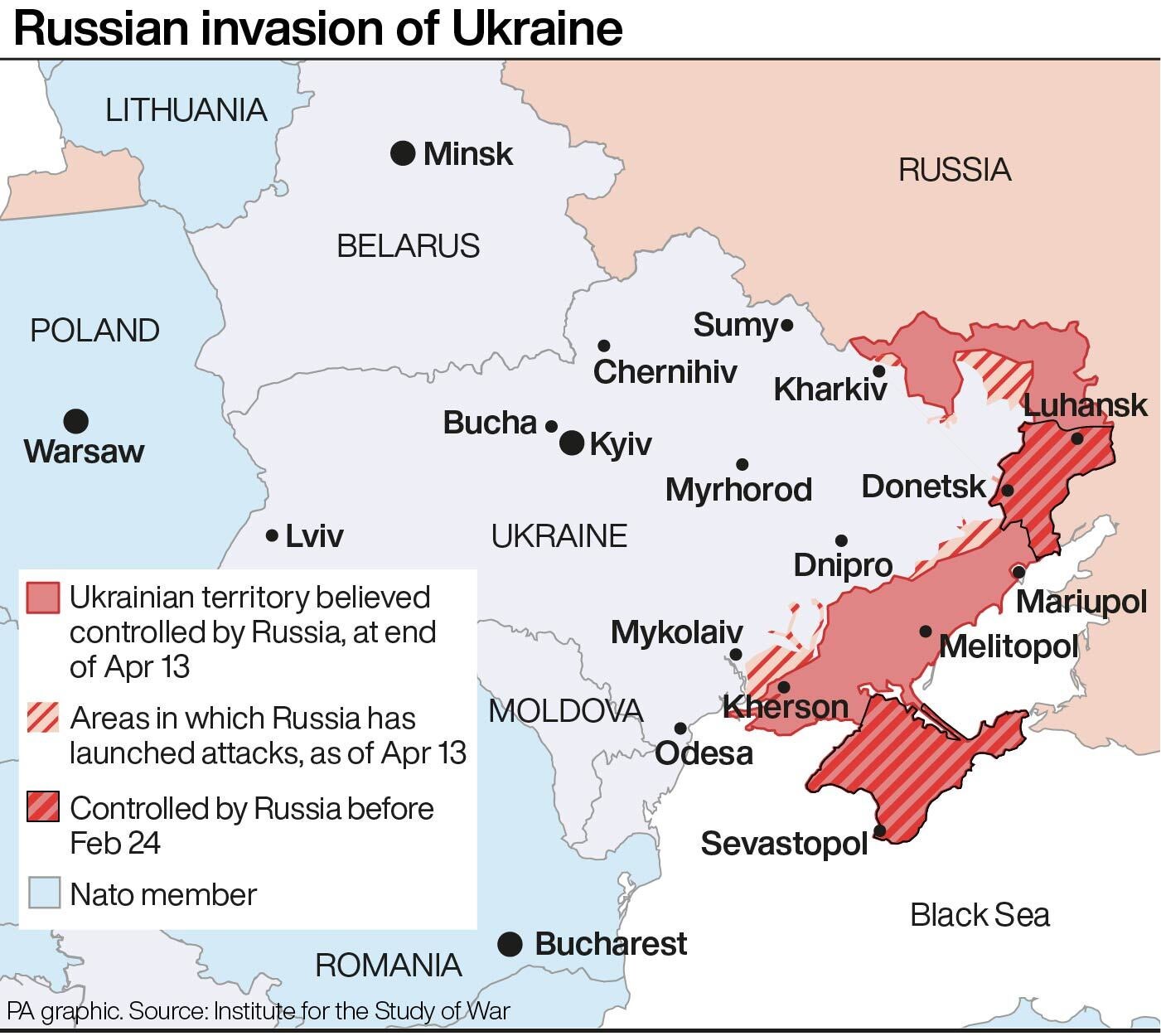
In its report, the OSCE referred to a man in Trostyanets who was allegedly brutally abused and killed before being found with “multiple bodily injuries in his garage”. It is unclear whether it is the same case uncovered by The Independent.
Anatoliy says a friend of his, also a retired officer, vanished on 12 March when Russian soldiers came to his house, put a bag over his head, and marched him away.
His whereabouts are unknown.
“He is not the only one. There are a lot of people still coming forward saying, my brother or my father are missing,” Anatoliy says. There are cases of missing people in Trostyanets, and the nearby villages of Bilka and Boromlya.
“We heard reports that bodies were thrown in the river, which we need to dredge,” he adds.
Anatoliy takes us around the Trostyanets administration building that was the Russians’ main base during their one-month occupation.
It is littered with excrement, blood smears, Russian military food rations, and discarded bottles of alcohol. In the main room, apparently used by the commander, is a half-drunk bottle of prosecco.
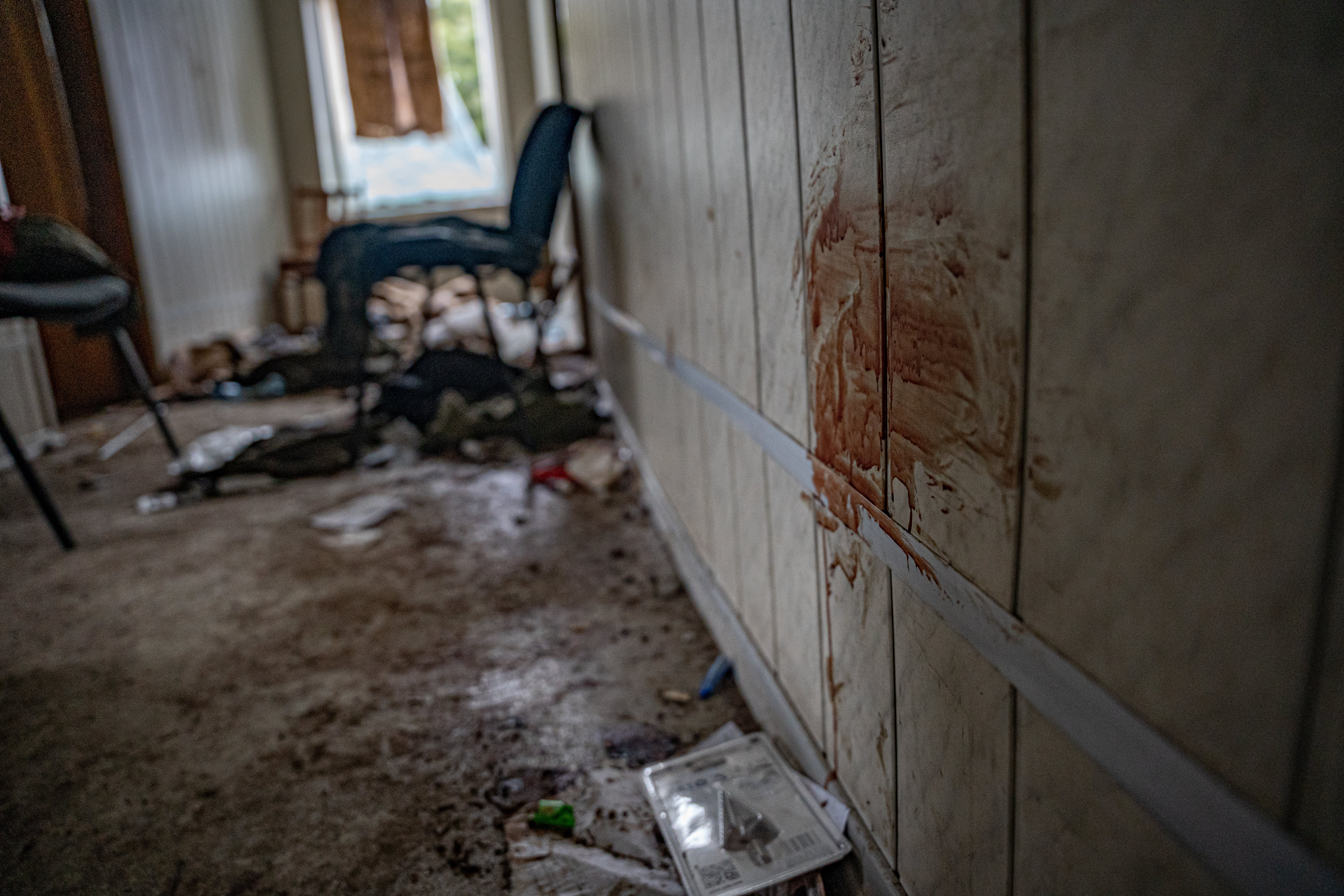
Alcohol is a running theme in the testimonies from the town: everyone The Independent interviewed says the soldiers were routinely drunk and erratic.
At the city’s main hospital – which was shelled – chief doctor Anatoliy Plahtyrya recalls how three days before the Russians were ultimately forced to retreat, an inebriated colonel stumbled into the building.
“He was drunk or on drugs, he went from cabinet to cabinet looking for medical alcohol to drink, and then went off,” Dr Plahtyrya says.
The doctor says that his centre, already under pressure as the Russian soldiers had taken over the town’s main emergency hospital and stolen all but one of the ambulances, began receiving an increasing number of people with gunshot wounds.
Several had apparently been shot at the railway station that had become a Russian base and where Dima and Andrei were, unbeknown to people, still being held underground.
“There was a sniper positioned there who would shoot at anyone who approached,” Dr Plahtyrya says.
Today, the entrance to the busy station is a blasted wasteland littered with empty Russian ammunition boxes, dozens of which were used to barricade up the windows. Destroyed tanks and armoured vehicles squat like toads in the mud with the vertebrae of detached caterpillar tracks slung across their sides.
The prisoners below ground heard the last fierce battle unfold, which shook the ground and walls. There was a flurry of movement, as soldiers appeared to be packing in hurry.
“And then all of a sudden there was silence,” Dima says. Even the fighting stopped.
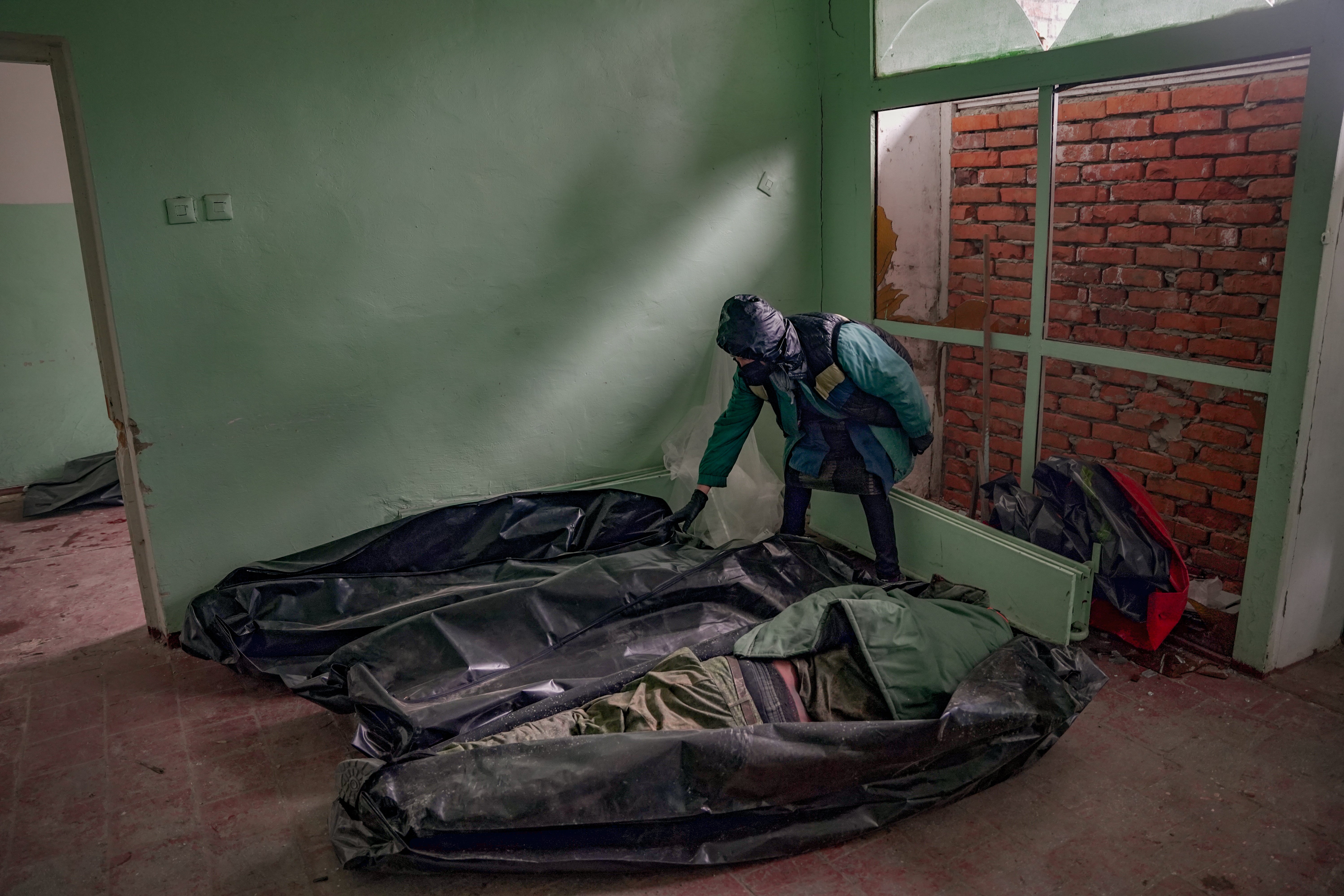
It took them half a day to pluck up the courage to try to break out of the cell and see what happened. They stumbled blinking into the wintery sunlight, to discover they were under the railway station – and that the Russians had gone.
Andrei says he is still struggling with nightmares and trauma from his ordeal. The physical injuries also bother him: he has no sensation in his hands and may have permanent nerve damage.
“I am lucky to be alive and free. There are still so many who are kidnapped and their fate is unknown,” he says, worried that torture rooms like the one he was held in exist across the country.
He is particularly concerned about those living under occupation along Ukraine’s coast and to the east – where Russia is poised to start a new offensive to take more land.
“Our worst nightmare has already happened to us here in Trostyanets. But what about people in Mariupol or Donetsk?” he asks. “When will it stop?”
Join our commenting forum
Join thought-provoking conversations, follow other Independent readers and see their replies
Comments